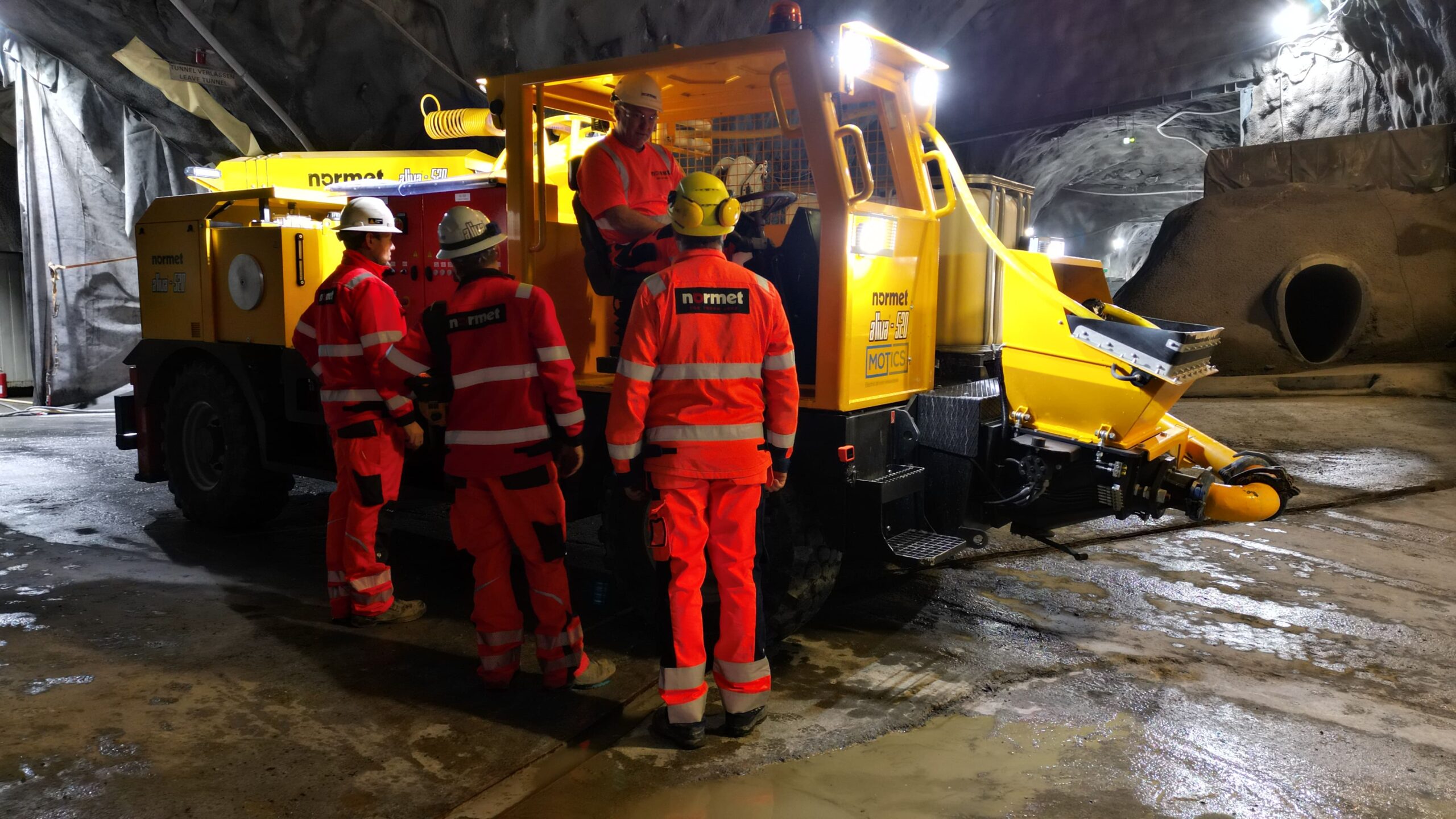

The development towards low carbon underground structures, particularly using sprayed concrete, is to address the design and construction in a holistic way, and not purely focused on cement reduction of the sprayed concrete itself. The SubSpace Energy Hub approach will drive the following approaches to each stage of a project to reduce carbon:
DESIGN
Developing best practice design solutions for permanent sprayed concrete, and with a focus to reduce the amount of steel arches and reinforcement used in linings.
Consider design solutions that maximise the potential to slim down tunnel lining thicknesses using spray applied waterproofing system for example. Performance evaluation of low and ultra-low carbon sprayed concrete mixes.
Creating best practices and Materials and Workmanship Specification for a new generation of low carbon linings that can be universally used in the design, and successfully implemented on projects.
Life cycle focused design for optimized material choice with lowest CO2 footprint including production, transport, construction, maintenance and operation and re-cycling in case of de-commissioning.
CONSTRUCTION
Developing a blueprint for reducing waste, and thereby carbon and cost in construction, particularly with the sprayed concrete process. Efficiencies and safety topics will include the benefits of BEV spraying equipment and logistics, the role of 3D scanning tools, the role of digitalisation, and value of competence and modern training in critical key roles, such as nozzle operators.
Just in time delivery and optimized logistics to minimize material handling, material consumption and waste removal and thus transport cycles.
OPERATION & MAINTENANCE
Establishing best practice in the methods to evaluate existing underground structures and the necessary fast track solutions to extend the service life of structures.